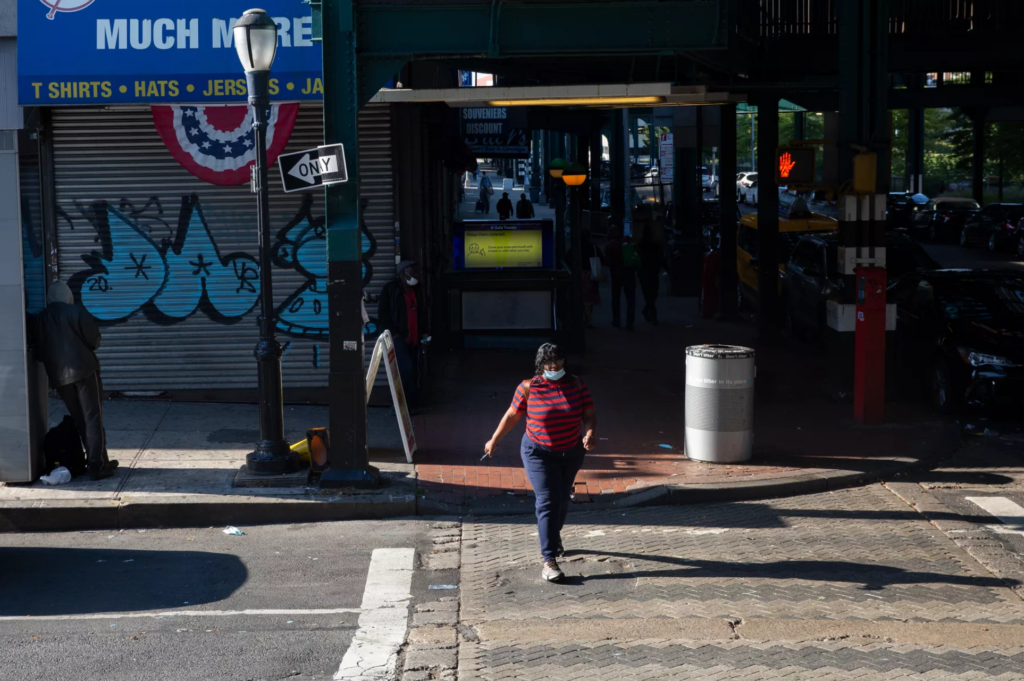Analysis: Why it’s so hard to spot NYC’s next coronavirus hot zones using public stats
While health officials make life-altering calls on neighborhood shutdowns, official data releases prevent New Yorkers from seeing what’s going on in real time.

 This story was originally published on Oct. 20 by THE CITY. Sign up here to get the latest stories from THE CITY delivered to you each morning.
This story was originally published on Oct. 20 by THE CITY. Sign up here to get the latest stories from THE CITY delivered to you each morning.
The end of daily briefings from Mayor Bill de Blasio highlighting ZIP codes with signs of COVID flare-ups has left New Yorkers unsure whether their neighborhood could be the next to see schools, businesses and other activities shut down.
It’s true that the city Department of Health and Mental Hygiene still makes available key information by ZIP code, via a map showing roughly how many residents are getting tested for COVID and, of those, what share test positive.

Brooklyn Boro
View MoreNew York City’s most populous borough, Brooklyn, is home to nearly 2.6 million residents. If Brooklyn were an independent city it would be the fourth largest city in the United States. While Brooklyn has become the epitome of ‘cool and hip’ in recent years, for those that were born here, raised families here and improved communities over the years, Brooklyn has never been ‘uncool’.